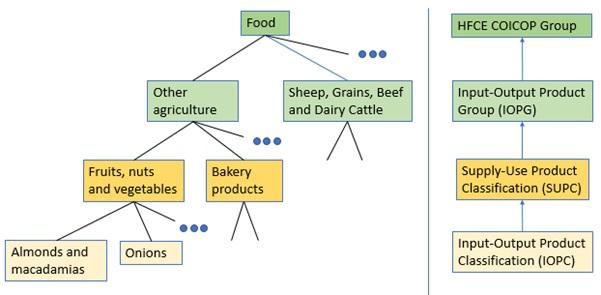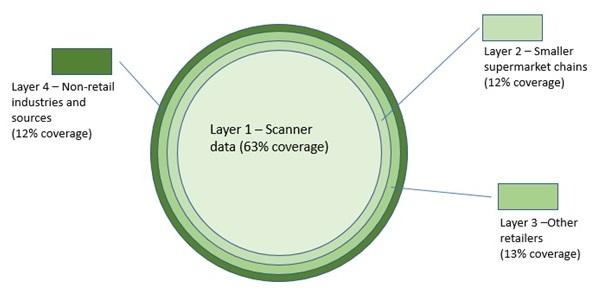Figure 8. Relative growth in real terms for selected products
[["Sep-15","Dec-15","Mar-16","Jun-16","Sep-16","Dec-16","Mar-17","Jun-17","Sep-17","Dec-17","Mar-18","Jun-18","Sep-18","Dec-18","Mar-19","Jun-19","Sep-19","Dec-19","Mar-20","Jun-20","Sep-20","Dec-20","Mar-21","Jun-21"],[[100],[98.400000000000006],[93.900000000000006],[101.59999999999999],[94],[88.799999999999997],[67.099999999999994],[79.099999999999994],[74.799999999999997],[74.099999999999994],[66.799999999999997],[77.599999999999994],[76],[77.200000000000003],[68.200000000000003],[83.299999999999997],[78.900000000000006],[80.400000000000006],[107.40000000000001],[106],[99.299999999999997],[85.599999999999994],[76.799999999999997],[89.799999999999997]],[[100],[92.099999999999994],[95.5],[102.2],[104.8],[100.2],[104.90000000000001],[111],[114.3],[112.59999999999999],[113],[119.90000000000001],[119],[119.40000000000001],[125.8],[138.09999999999999],[150.40000000000001],[234.09999999999999],[230.5],[208.5],[235.80000000000001],[232.30000000000001],[231.30000000000001],[252.90000000000001]],[[100],[84],[80.5],[96.299999999999997],[98.099999999999994],[90.599999999999994],[85],[98.900000000000006],[110.8],[89],[82.5],[105],[101.2],[86],[79.799999999999997],[95.599999999999994],[102],[89.200000000000003],[96.200000000000003],[94.5],[99.099999999999994],[85.900000000000006],[74.400000000000006],[89.099999999999994]],[[100],[109.7],[107.5],[101.40000000000001],[105],[115.3],[106.5],[105.2],[109.5],[120.40000000000001],[114.09999999999999],[111],[111.59999999999999],[122],[113.7],[111.40000000000001],[114.59999999999999],[122.40000000000001],[123.90000000000001],[126.8],[130.30000000000001],[138.80000000000001],[129.19999999999999],[124.40000000000001]],[[100],[106],[100.5],[103.3],[109.59999999999999],[111.5],[107.3],[111.5],[117.59999999999999],[119.8],[114],[117.40000000000001],[123.8],[126.5],[119.90000000000001],[124.40000000000001],[134.19999999999999],[148.5],[145.5],[147.59999999999999],[152.59999999999999],[160.09999999999999],[147],[155.40000000000001]],[[100],[100.7],[85.900000000000006],[95.299999999999997],[95.299999999999997],[96.5],[79.900000000000006],[91],[92.299999999999997],[93.799999999999997],[79.5],[89.400000000000006],[92.099999999999994],[96.099999999999994],[79],[90.799999999999997],[91.599999999999994],[93.700000000000003],[101.5],[104.2],[101.5],[96.400000000000006],[75.700000000000003],[83.900000000000006]]]
[]
[{"value":"0","axis_id":"0","axis_title":"Quarter","axis_units":"","tooltip_units":"","table_units":"","axis_min":null,"axis_max":null,"tick_interval":null,"precision":"-1","data_unit_prefix":"","data_unit_suffix":"","reverse_axis":false}][{"value":"0","axis_id":"0","axis_title":"Volume index (relative to Sep-15)","axis_units":"","tooltip_units":"(Index)","table_units":"(Index)","axis_min":"0","axis_max":"250","tick_interval":"50","precision":"1","data_unit_prefix":"","data_unit_suffix":"","reverse_axis":false}]


